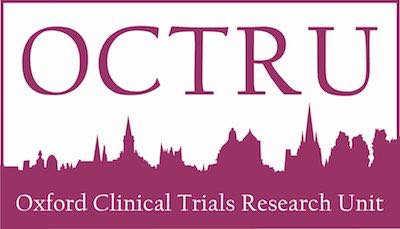About The Achilles Tendon
The Achilles tendon is the largest tendon in the human body!
The Achilles tendon is the largest tendon in the human body and transmits the powerful contractions of the calf muscles that are required for walking and running. When the tendon ruptures, it is painful and has an immediate and serious detrimental impact on daily activities of living.
In the longer-term, tendon rupture results in prolonged periods off work and time away from sporting activity: average time away from work is between 4 and 8 weeks and time away from sport is between 26 and 39 weeks. This results in lost income and restricted daily activities in the early phase and reduced physical activity, with associated negative health and social consequences, in the long-term. For high-level sportsmen it is frequently a ‘career-ending’ injury.
Achilles rupture affects over 11,000 people each year in the UK, most frequently groups aged 30-40 years and 60-80 years.
Achilles rupture affects over 11,000 people each year in the UK, and the incidence is increasing as the population remains more active into older age. It affects all age groups in a bi-modal distribution; with the first peak in patients aged 30-40 years and the second 60-80 years. The first peak in incidence is often associated with participation in sport, such as football and racquet sports, whereas the second peak often occurs during normal daily activities such as climbing stairs. However, all Achilles ruptures are associated with a pre-existing ‘tendinopathy’ which is attributed to failures in the protective/regenerative functions which respond to repeated microscopic injury.
Treatments – Historical Overview
Historically, the main question has been whether or not to perform a surgical repair of the tendon.
Historically, the main question in relation to the management of patients with a rupture of the Achilles tendon has been whether or not to perform a surgical repair of the tendon. In 1981, first Randomised Controlled Trial (RCT) had been conducted to address this clinical question; this study was followed by a series of RCT’s and the results suggested that surgical repair reduced the risk of re-rupture but came with an increased cost and a greatly increased risk of other complications, most of which were associated with infection and wound healing. There was little data on functional outcome at the time of this review.
Traditionally, patients have been treated in plaster casts after rupture of the Achilles.
Traditionally, patients have been treated in plaster casts after rupture of the Achilles; with the cast immobilising the foot and ankle while the tendon heals. However there are potential problems with this approach. Firstly there is the immediate impact on mobility for a period of around eight weeks. Secondly, there are the complications and risks associated with prolonged immobilization: muscle atrophy, deep vein thrombosis and joint stiffness. Finally, there are the potential long-term consequences which include prolonged gait abnormalities, persistent calf muscle weakness and an inability to return to previous activity levels. Functional bracing, involving immediate, protected weight-bearing in a brace, was designed to address these issues.
Clinical Trials Comparing Plaster Cast And Walking Boot in Surgically Treated Patients
In patients having a surgical repair, seven RCT’s were conducted, directly comparing plaster casts with early movement and/or weight-bearing in a ‘functional brace’ (synonym for a walking boot). The results favour functional bracing in terms of re-rupture rate, functional outcome and quality of life measures. Therefore, in the first guideline produced on this topic, the American Academy of Orthopaedic Surgeons recommended functional bracing for patients having surgical repair of their tendon.
Clinical Trials Comparing Plaster Cast And Walking Boot in NON-Surgically Treated Patients
Whilst there are now clear guidelines for rehabilitation for patients who have a surgical repair, it has become evident that there is no clarity with regards the use of functional bracing in non-operatively managed patients.
No guidelines available with regards the use of walking boot vs plaster cast in non-operatively managed patients.
The UKSTAR trial was designed to address these questions: Does functional bracing provide improved function and quality of life if the tendon is not surgically repaired? Or, in the context of a tendon that has not been stitched together, does a plaster cast provide greater protection and therefore improved healing? Does functional bracing facilitate faster return to work and is this cost effective? Or, is the tendon more vulnerable to re-rupture in a brace with the subsequent risk and cost of reconstructive surgery?
This study will determine the difference in outcomes for people undergoing each treatment and your participation in this clinical trial will help us decide whether future patients like you should receive the plaster cast or the walking boot. Please read here if you would like to know more about participating in the trial.
See the location map http://ukstar.octru.ox.ac.uk/ukstar-sites to find a participating centre near you.





